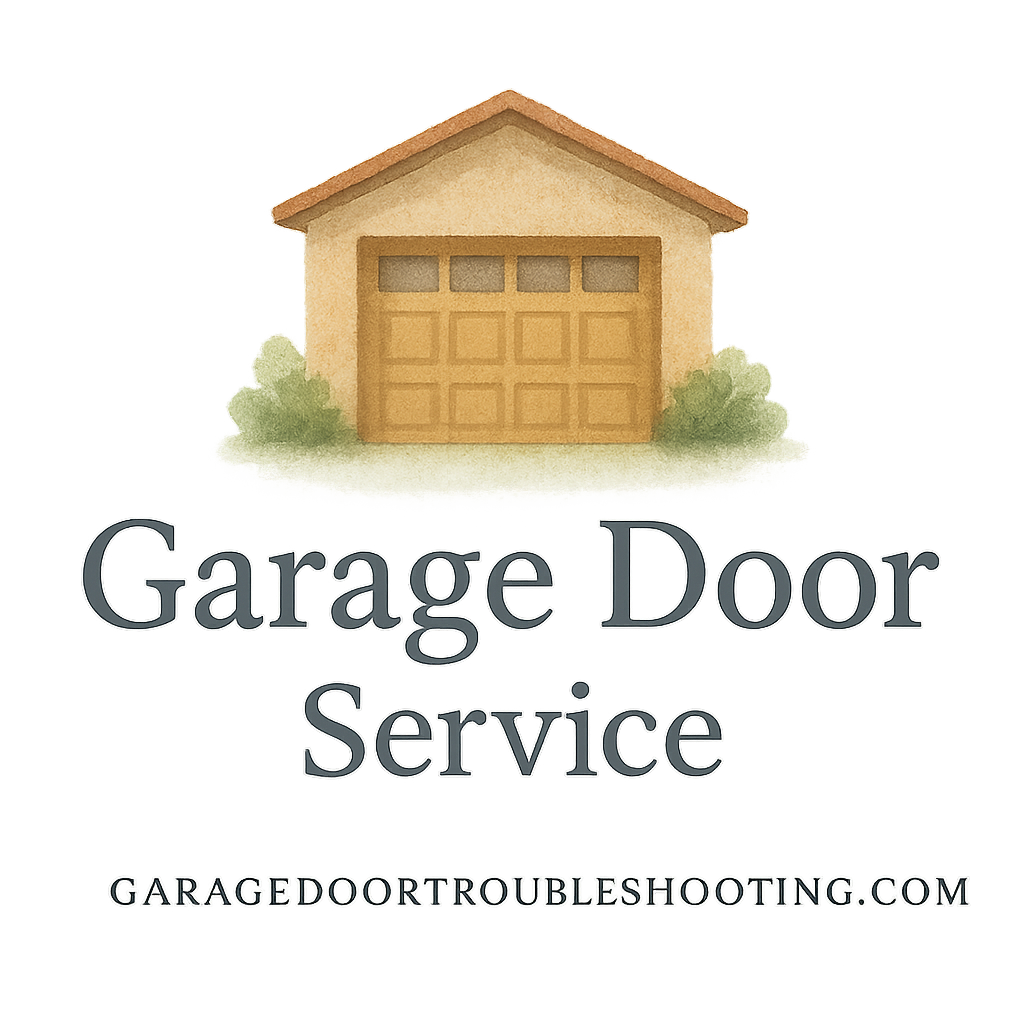Introduction: Why Garage Door Spring Repairs Are Misunderstood
When it comes to home maintenance, garage doors often get overlooked—until something goes wrong. Among the most misunderstood parts are garage door springs. You might have heard conflicting advice about them: some people say they last forever, others insist you can fix them with basic tools, while some believe they have nothing to do with safety. The truth? These myths can cost homeowners money, safety, and peace of mind. Today, we’ll debunk 11 of the most common myths about spring garage door repairs so you can make smarter choices for your home.
Myth #1: Garage Door Springs Last Forever
The Reality of Spring Lifespan
Garage door springs are like the muscles of your garage system—they do the heavy lifting. But just like muscles, they wear out over time. Most springs last between 7–10 years or about 10,000 cycles (one cycle is opening and closing the door once). Believing they last forever is like thinking car tires never need replacing—it’s just not true.
Warning Signs of Worn-Out Springs
Signs your springs are nearing the end of their life include:
- The door feels unusually heavy.
- The door doesn’t stay open when lifted manually.
- You hear loud snapping or popping noises.
Catching these early saves you from sudden breakdowns.
Myth #2: Any DIY Enthusiast Can Fix Garage Door Springs
The Dangers of DIY Repairs
Sure, YouTube makes it look easy, but spring repairs are not your average weekend project. Springs are under high tension, and if released improperly, they can cause severe injuries.
Why Professionals Are Recommended
Hiring trained experts from trusted garage door services professionals ensures repairs are done safely and correctly. They’ve got the tools, experience, and safety gear to handle dangerous repairs that homeowners shouldn’t risk.
Myth #3: All Garage Door Springs Are the Same
Torsion vs Extension Springs
Not all springs are created equal. Torsion springs sit above the door and provide smoother operation, while extension springs are mounted on the sides and stretch when the door moves.
Choosing the Right Spring for Your Door
Choosing the wrong type can affect balance, wear out faster, or even damage your opener. That’s why garage door installation advice recommends consulting a professional to select the right match.
Myth #4: Springs Don’t Need Maintenance
Importance of Lubrication
Just like your car engine needs oil, springs benefit from regular lubrication. It reduces friction, prevents rust, and helps them operate quietly.
Extending Spring Lifespan With Care
Simple garage door maintenance tips like checking balance and lubricating can extend lifespan by years.
Myth #5: A Noisy Spring Means It’s Always Broken
Common Causes of Garage Door Noise
Noises can come from loose hardware, rollers, or tracks—not just springs. Don’t assume the worst.
When to Call for Professional Inspection
If the noise persists even after tightening or lubricating, consult garage door repair guides to see whether it’s time to bring in a professional.
Myth #6: Springs Can Be Replaced Individually Without Issues
Why Replacing Both Springs Matters
Springs work in pairs. If one breaks, the other is likely worn too. Replacing just one is like putting a brand-new tire opposite a bald one—it throws off balance.
Balancing the Door for Safety
Replacing both ensures your garage door opens evenly and safely.

Myth #7: Springs Aren’t Related to Garage Door Safety
How Springs Impact Overall Security
Springs carry the door’s weight. If one snaps unexpectedly, the door could slam down. That’s a major safety risk for pets, kids, and vehicles.
Preventing Accidents at Home
Following garage door safety and security measures helps protect your family from accidents tied to failing springs.
Myth #8: Garage Door Springs Are Cheap to Replace
Cost Factors You Should Know
The price depends on the type of spring, your location, and labor. While springs themselves aren’t outrageously expensive, installation and safety checks add to the cost.
Why Investing in Quality Pays Off
Buying bargain springs often means replacing them sooner. Quality springs paired with professional service quality ensure longer-lasting performance.
Myth #9: Springs Can Be Ignored Until They Snap
Risks of Waiting Too Long
Ignoring weak springs is like waiting until your brakes completely fail to get them serviced. If they snap, they can damage the door, opener, or worse—injure someone.
Benefits of Preventive Maintenance
Scheduling a maintenance plan inspection keeps surprises at bay and prevents costly damage.
Myth #10: Spring Repair Doesn’t Require Specialized Tools
The Critical Role of Proper Equipment
Garage door spring adjustments require winding bars, clamps, and tension tools. A screwdriver or pliers just won’t cut it.
Why Home Tools Aren’t Enough
Improper tools increase the risk of slips, stripped hardware, and injuries. Dangerous repairs aren’t worth the gamble.
Myth #11: Garage Door Spring Repairs Take a Long Time
Typical Repair Timelines
A professional can usually replace springs in 1–2 hours.
How Professional Services Save Time
With the right tools and experience, providers handle repairs quickly, letting you get back to your daily routine without long interruptions.
Conclusion: Knowing the Truth Saves Money and Stress
Garage door spring repairs don’t have to be scary, but they shouldn’t be ignored either. By separating myths from facts, you can avoid dangerous DIY attempts, keep your family safe, and save money in the long run. Whether it’s choosing the right springs, investing in quality, or scheduling regular checkups, knowledge is your best defense. When in doubt, trust garage door services professionals to handle it safely and efficiently.
FAQs
How long do garage door springs usually last?
On average, 7–10 years or about 10,000 cycles, depending on usage and maintenance.
Can I lubricate garage door springs myself?
Yes, with the right garage door lubricant. Avoid WD-40; instead, use silicone-based spray.
How do I know if my garage door spring is broken?
Your door may feel too heavy, won’t stay open, or you’ll hear a loud snap.
Should I replace both springs if only one breaks?
Absolutely—this ensures balance and prevents the second spring from failing soon after.
Is it dangerous to use a garage door with a broken spring?
Yes. The opener can strain, and the door may slam shut unexpectedly.
How much does spring replacement typically cost?
It varies by region and type but generally ranges between $150–$350 with labor.
Can regular maintenance prevent spring issues entirely?
Not entirely, but it significantly extends lifespan and reduces sudden failures.


